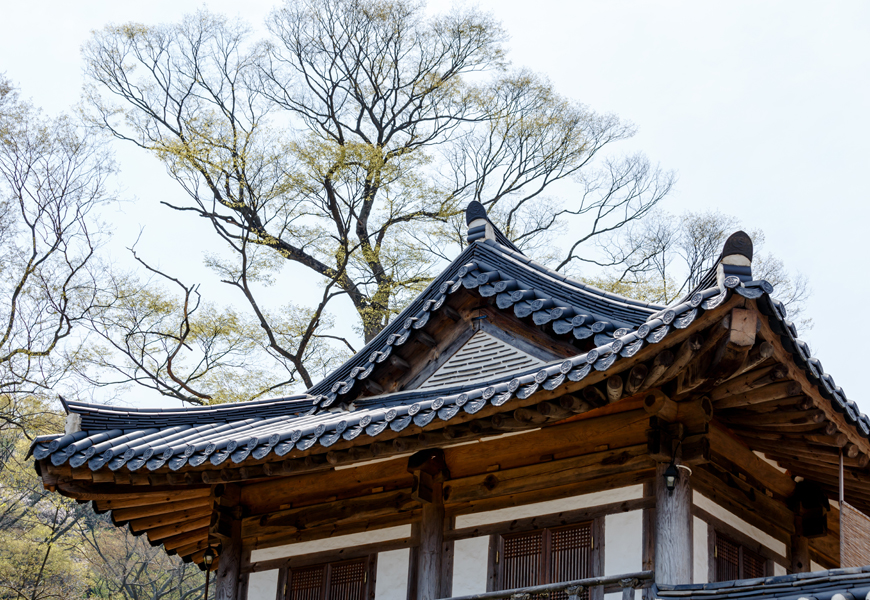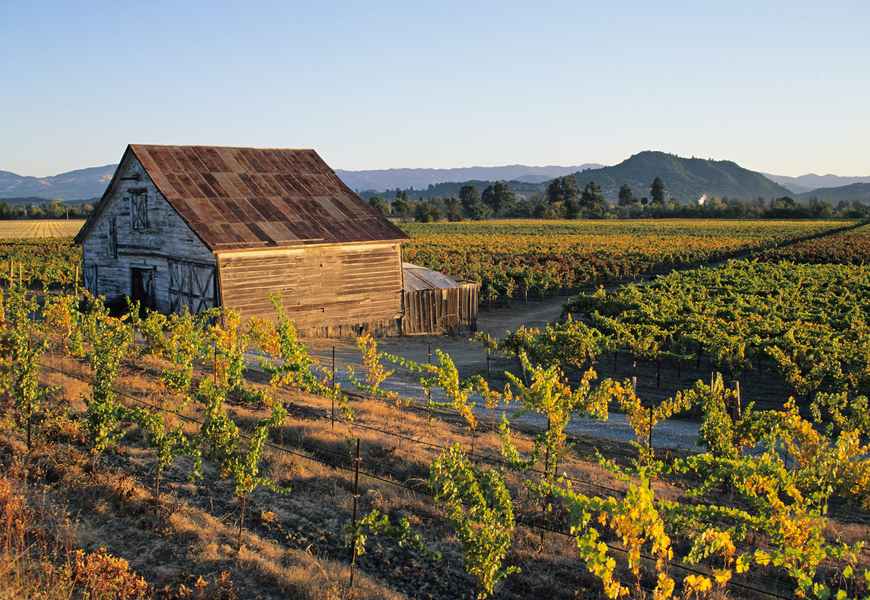Templestay Korea is a popular cultural program centred on brief, meditative retreats at Buddhist Temples. For a small fee—anywhere between 30,000-70,000 Korean Won (about 30-70 USD)—visitors can stay overnight in one of the several participating temples across the country, and experience authentic Buddhist monastic life. If you’re interested but don’t know what to expect, this guide from first-hand Templestay experience is for you.
Buddhism in Korea
Buddhism entered Korea around 372 CE, and Koreans practice a form of Buddhism known as Seon Buddhism. Seon is a rough equivalent of the Chinese Chan and the more famous Japanese Zen, all of the Mahayana tradition. As a Buddhist monk, one lives a life of meditation, prayer, veganism, and religious study at a secluded mountain temple. These temples are very popular in Korea, and are always open to visitors. About a quarter of the Korean population identifies as Buddhist today.
My particular Templestay was at Beomeosa Temple, on Mt. Geumjeong, in Western Busan. All temples in Korea have mythical stories attached to them, and Beomeosa—or heavenly fish—is named for a magical fish that lived in a golden well at the top of the mountain. The temple was originally constructed in 678 CE and while a few of the original structures remain, much of this Temple was destroyed during a Japanese invasion in 1572 and subsequently rebuilt.
Templewear
When you arrive at your Templestay you’ll change into some nondescript ‘templewear’ the program provides. It will resemble a sweatsuit or what you might wear at a spa. It’s not particularly flattering, but remember Buddhism is a spiritual pursuit that trades attachment to products and appearance for deeper forms of self-assessment.
Following your style change, you’ll receive an orientation from a higher monk of the temple as well as the employed Templestay organizer. They will instruct you on temple etiquette and proper behaviour, such as how to complete a typical Buddhist bow.
While Templestay groups max out at 60 participants, most are much smaller. On this November weekend at Beomeosa, about 20 people received the orientation. Many came with partners or friends.
Temple Tour
After orientation, you’ll generally receive a temple tour. This is a great chance to learn about Korea’s Buddhist history as well as get an in-depth look at some very beautiful Buddhist artefacts. Korean temples are famous for their colorful and detailed architecture and depictions of the Buddha and Buddhist figures. Feel free to ask your guide questions during this tour—they’ll be happy to teach you more about Buddhism and its history in Korea.
Prayers and Meditation
On the first night of your stay you’ll participate in a ceremonial Buddhist dinner. Because Buddhists practice ahimsa, or harmlessness, this meal will be completely vegan. It will also be highly ritualized. Get ready for a completely new dining experience.
Once dinner is done you’ll get to participate in some actual prayers with Buddhist monks, and this may well be the most invigorating portion of your stay. At Beomeosa, prayers began with a drum ceremony at the bell tower. Next, everyone was led to a beautiful prayer chamber where, surrounded by chanting monks, we were guided in prostrations to figures of three different Buddhas surrounded by immaculately painted dragons and cranes. Smelling of incense and oil, chants reverberating in the ancient wooden room, it’s impossible to not feel moved by the age-old spiritual power the ceremony represents.
Bedtime
Before bed, and throughout your stay, you’ll participate in quiet meditation. You’ll go to bed early, and sleep on floor mats, which are common in all Korean guesthouses. You’ll wake up early too. At Beomeosa, we were taken on a morning hike and then made Buddhist prayer bead necklaces which we kept as souvenirs.
No activity is mandatory in Buddhism, and the gentle and gracious cultural education my Templestay provided seems typical of the religious tradition in every way. Templestays are a unique cultural experience equally enjoyable to students of Buddhism and complete novices, an excellent way to gain a little perspective over a weekend. Visit http://eng.templestay.com to register for one and check out your specific Templestay timetable.












